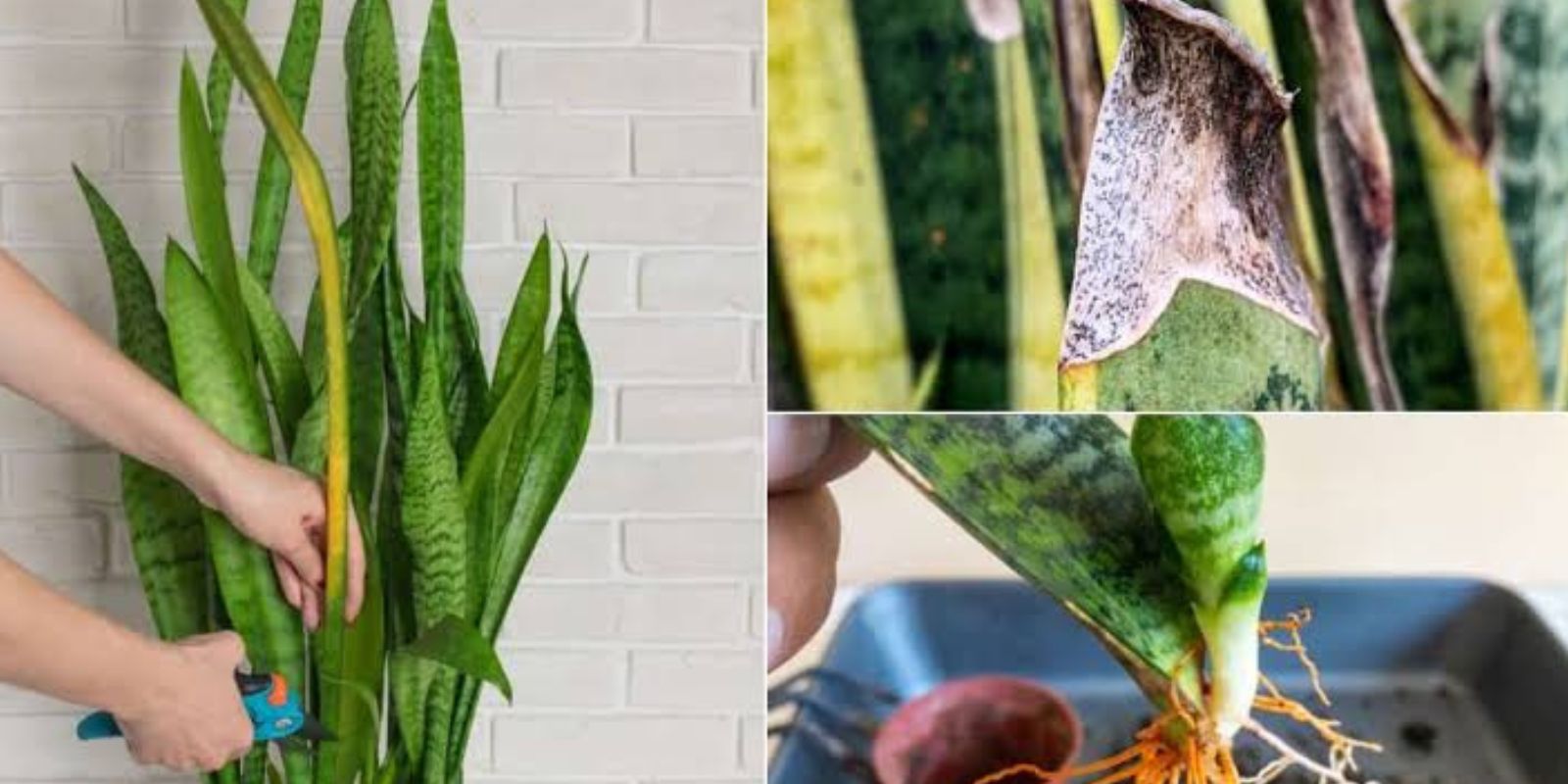Snake plants, scientifically known as Sansevieria (or Dracaena trifasciata), are among the most beloved houseplants due to their striking appearance, low-maintenance nature, and air-purifying properties. These hardy plants are ideal for both beginners and seasoned plant enthusiasts. Despite their reputation for resilience, proper care can make a significant difference in their growth and longevity. This comprehensive guide explores the ten key tips you need to ensure your snake plant thrives.
Why Choose a Snake Plant?
Snake plants are versatile and forgiving, capable of adapting to various environments. They feature tall, sword-like leaves with unique patterns, adding a modern touch to any space. Beyond aesthetics, these plants are known for their ability to improve indoor air quality by filtering toxins like formaldehyde and benzene. However, even the hardiest plants require specific care to reach their full potential.
1. Provide Bright, Indirect Light
Snake plants are highly adaptable to different lighting conditions, making them a popular choice for various spaces. While they can survive in low-light environments, they thrive best in bright, indirect sunlight.
Key Tips:
- Place them near a window with filtered light.
- Avoid prolonged exposure to direct sunlight, which can scorch the leaves.
- In low-light conditions, growth may slow down, but the plant will remain healthy.
2. Master the Art of Watering
Overwatering is the most common mistake people make with snake plants. These plants store water in their thick leaves and roots, making them drought-tolerant.
Key Tips:
- Water only when the soil is completely dry.
- Reduce watering frequency during the winter months.
- Always use a pot with drainage holes to prevent waterlogging.
3. Choose Well-Draining Soil
The right soil can make all the difference in preventing root rot and encouraging healthy growth. Snake plants prefer a soil mix that drains quickly and retains minimal moisture.
Key Tips:
- Use a cactus or succulent potting mix.
- You can also create your own mix by combining potting soil, sand, and perlite in equal parts.
4. Maintain the Ideal Temperature Range
Snake plants are tropical by nature, so they thrive in warm environments. However, they can tolerate a range of temperatures, making them versatile houseplants.
Key Tips:
- Keep the plant in a temperature range of 60-80°F (16-27°C).
- Avoid placing it near cold drafts, air conditioners, or heaters.
5. Forget About Humidity
One of the easiest aspects of caring for a snake plant is its indifference to humidity levels. These plants are accustomed to arid conditions and do well in average household humidity.
Key Tips:
- No need to mist the leaves, as this can lead to fungal issues.
- If your home is excessively dry, your snake plant will still thrive without special adjustments.
6. Feed Sparingly
Snake plants are not heavy feeders, but a little fertilizer during the growing season can boost their growth.
Key Tips:
- Use a balanced houseplant fertilizer diluted to half strength.
- Feed once a month during spring and summer.
- Avoid fertilizing during the dormant winter months.
7. Prune for Health and Appearance
Pruning is not only about aesthetics but also about maintaining the plant’s health. Removing dead or damaged leaves encourages the plant to focus energy on new growth.
Key Tips:
- Use sharp, clean scissors or pruning shears.
- Cut leaves at the base, close to the soil.
- Prune sparingly to avoid over-stressing the plant.
8. Repot Every Few Years
Snake plants are slow growers, but they may eventually outgrow their pots. Repotting provides more space for the roots and refreshes the soil, enhancing overall health.
Key Tips:
- Repot every 2-3 years or when roots begin to crowd the pot.
- Choose a pot that is only slightly larger than the current one.
- Use fresh, well-draining soil during repotting.
9. Propagate to Expand Your Collection
Propagating snake plants is a simple and rewarding process that allows you to multiply your plants without buying new ones.
Key Tips:
- Divide the root ball when repotting, ensuring each section has roots and leaves.
- Cut a healthy leaf into 2-3 inch sections and place them in water or soil.
- Be patient, as propagation can take several weeks to show results.
10. Monitor for Pests and Diseases
Snake plants are generally pest-resistant, but occasional issues may arise. Common pests include mealybugs and spider mites, while overwatering can lead to root rot.
Key Tips:
- Check leaves regularly for signs of pests, such as white cottony spots or webbing.
- Wipe leaves with a damp cloth to remove pests.
- Ensure proper watering practices to avoid fungal infections.
Common Mistakes to Avoid
- Overwatering: The number one cause of snake plant problems. Stick to the “dry soil” rule.
- Using Poor Soil: Avoid heavy, moisture-retaining soil.
- Neglecting Light Needs: While snake plants survive in low light, they thrive in bright, indirect sunlight.
- Skipping Fertilizer: Occasional feeding can make a noticeable difference in growth.
Benefits of Thriving Snake Plants
Caring for snake plants properly offers numerous benefits. Not only do they enhance indoor aesthetics, but they also improve air quality and contribute to a calming atmosphere. A healthy snake plant can live for years, becoming a lasting feature in your home.
Final Thoughts
Snake plants are the ultimate low-maintenance houseplant, but their simplicity shouldn’t be mistaken for lack of care. By following these ten essential tips, you can ensure your snake plant thrives and remains a focal point in your home.
💬 What’s your go-to tip for caring for snake plants? Share your experience in the comments below and join the conversation!

